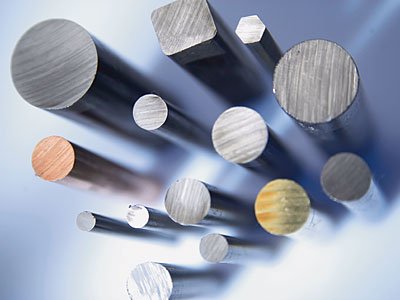YKT News# 7

Hello Songkran Festival
Nice to meet you again. Now we move to April month of Thailand New Year with Songkran Festival!! With this good time, I hope you have a great day and hope your Songkran holiday is special!!

-------
Working!!
Today we gonna talking about main material for making tool
- Carbon-Tool steels these are the earliest tool materials used. These are essentially plain carbon steels with carbon percentages between 0.6 to 1.5% and some very small alloy additions such as manganese, silicon, tungsten, molybdenum, chromium and vanadium. The major disadvantage with this range of cutting-tool materials is their inability to withstand high temperatures. Beyond 200`C, they lose their hardness and cease to cut. Thus, these are useful inly for very low cutting speeds (about 0.15 m/s) and to be used with low-temperature-generating operations such as machining wood, magnesium, brass and aluminium. They are easy to prepare and ground; as a result they are used for form-tool making, used for low-quantity production.
- High-Speed Steel Taylor and White developed this new-generation tool material at the turn of the twentieth century. They were able to significantly improve the cutting speeds by 3 to 5 times (about 0.5 m/s) above those that were prevalent at that time using carbon-tool steels. Because of this high cutting-speed capability, they were termed high-speed steels, or more popularly HSS. The main advantages of HSS is in their high hardness, hot hardness, good wear resistance, high toughness and reasonable cost. Toughness of HSS is highest among all the cutting-tool materials. Thus, they are quite extensively used in interrupted cutting such as in milling.
- Cast-Cobalt Alloys These, termed stellites, are normally produced by the powder metallurgy method, though casting is also used by some manufacturers, Fine powders of a number of nonferrous metal compositions such as Cr W Mo Ni, etc., are thoroughly mixed and compacted to the final shape under hot isostatic pressure. Then ground to the final geometry. They have higher toughness and higher stiffness. Currently, these are being phased out since carbides are available over much larger range of properties.

-------
Do you knows?
With Japan tradition, after Valentine’s Day they have another special day of love with is “WHITE DAY” and do you know? It’s also Pi day an annual celebration of the mathematical constant π because of its observed-on March 14 (3/14 in the month/day date format) and the birthday of One of the Greatest Scientists Albert Einstein!!

Happy Songkarn Day
S2, Sales0002


